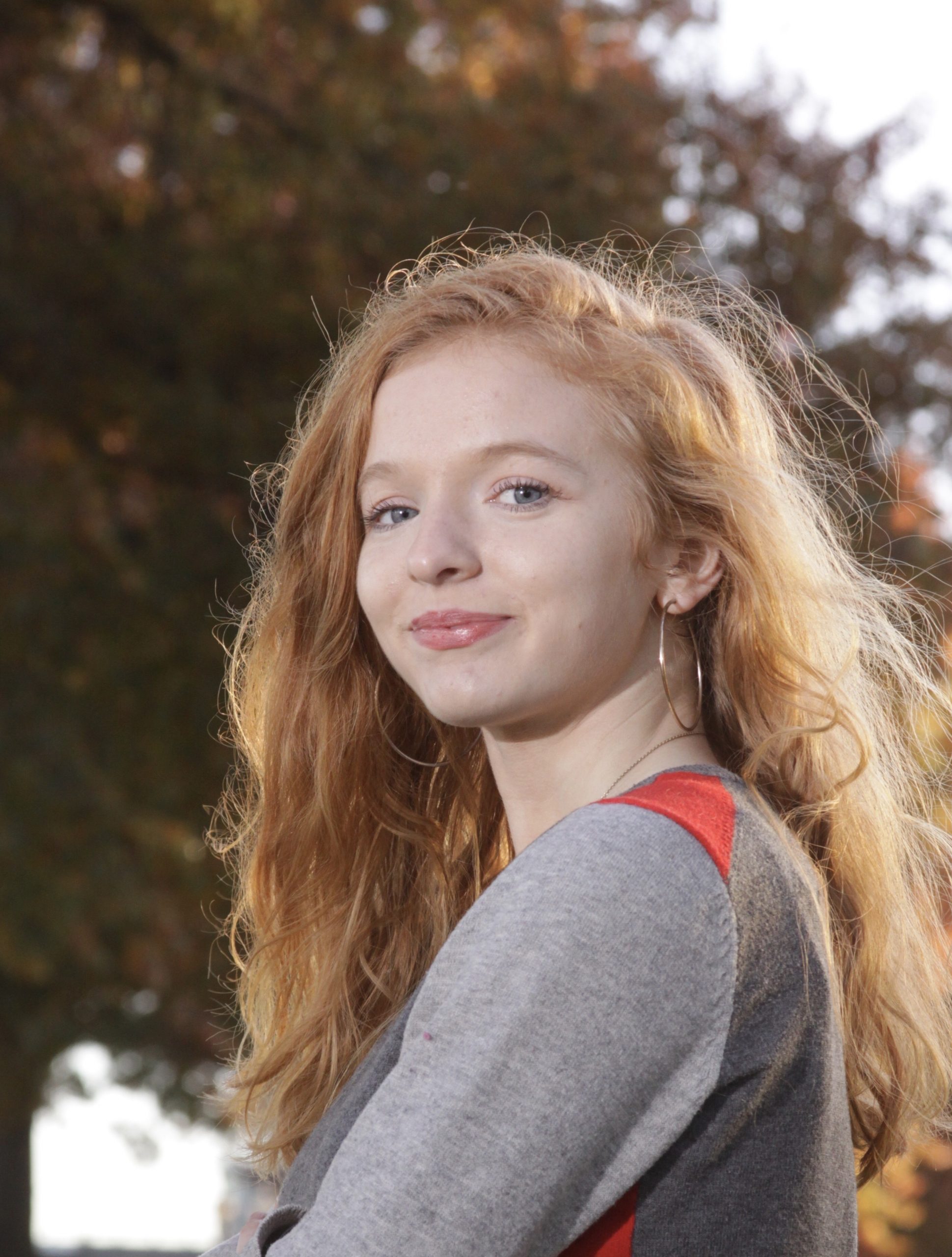When lockdown was announced in March, students were forced to stay home and adapt to an entirely different classroom — a room that no longer contained classmates, but rather, parents and siblings. Everyone had to learn to combine the space of work and recreation, but through this transition to virtual learning, any sense of community had become desirable. While virtual learning has taken a toll on many students, their desire for a niche of their own has birthed a digital community known as dark academia.
Popularized by TikTok, dark academia romanticizes a passion for art and knowledge. There’s a heavy emphasis on reading, writing and learning — it’s an aesthetic that is usually captured by a photo or video featuring piles of stacked books. The clothing is traditionally academic, but with a gothic edge, such as thick plaid cardigans and vintage tweed pants, a worn leather satchel filled with dark photographs, brooding poetry and skulls lined up with candles.
Mirroring a world they once knew, the subculture’s members find inspiration from a few key cultural works of literature, namely Donna Tartt’s 1992 novel, “The Secret History,” a murder mystery told in reverse. The characters and plot deftly connect to the English suits, French cuffs, plaid shirts and tweed pants that identify them. “The trend is an interesting remix from a broad range of eras, from the 18th century to the 1940s,” according to Natalie Black, director of Strategy and Insights at Hierarchy and founder of Culture X Curate.
Other influential works include films like “Dead Poets Society” (1989) and “Kill Your Darlings” (2013). Typically taking place at a hallowed and historic university, dark academia’s essential literature and film create an idealized version of campus life.
Since the majority of the trend is followed by users 14 to 25 years old, dark academia fixates on the idea of a nostalgia yet to be lived — dreams of being an art history student at Oxbridge or studying literature at a New England Ivy League school.
Like many aesthetic trends born of the internet, dark academia is hyper-curated and hyper-performed, making an everyday activity like reading on the sofa with a cup of tea into a performance for an entire virtual audience. Amped-up piano music, filters and non-prescription glasses are all props for the spectacle, aided by the use of hashtags such as #studygram or #studyblr.
While this cinematic version of university life is unrealistic in 2020, dark academia has become the dreamy digital substitute for students whose educational plans have been disrupted by the pandemic.
The dark academia hashtag has over 93 million TikTok views and 200,000 posts on Instagram that are predicted to grow as autumn peaks and the trend further gains traction.
Yazmin How, TikTok’s UK editorial lead, said, “It is always inspiring to see our community shape and respond to a new trend like #darkacademia and really make it their own. We first saw this trend in the summer and it’s now having a resurgence, inspired by everything from autumn fashion and education, to the gothic novel to ‘Harry Potter.’”
A dark academia TikToker, Lauren, creates videos exploring the intersection of dark academia fashion and “Harry Potter” characters. She explained how she found the trend at the beginning of lockdown and found it comforting.
@lauren_el_lee dark academia but ~ edgy ~ #darkacademia #fyp #academiaaesthetic #alt #techwear #pastelgoth #parisianaesthetic #lightacademia #grungeaesthetic #goth
“The aesthetic is a way to make the most of your current situation,” Lauren said in an interview with Refinery29. “It appeals to me because there’s something kind of mysterious and aloof about it. Studying classics at a university in a cobblestoned town just seems outside of your run-of-the-mill experience.”
In a time of uncertainty, it is almost essential to become immersed in daydreams and romanticized idealizations in order to endure the isolating circumstances of COVID-19.
Even so, the trend has come under fire for its glamorization of mental health issues. Rachel, 23, a dark academia Instagrammer and TikToker who goes by the username @caffeaulait, explained the double-edged sword of dark academia’s newfound popularity. She said, “With COVID-19, students are longing for the ‘college experience’ that they’re missing out on right now and are living vicariously through mood boards and novels romanticising campus life.”
Rachel pointed out that this idealization can break students down because it comes with intellectual elitism and the pressure to keep up with the high standard of work. There is often a struggle to account for the exaggerated stereotypes of “highly strung but ultimately unhappy students” when it comes to the literature that actually inspired the trend, according to Refinery29.
Over the past 10 years, research has shown a steady decline of mental health in students. According to a 2019 survey by the Higher Education Policy Institute (HEPI), one in five students report having a mental health condition and one in four say they experience loneliness.
Sumaiyya, a freelance writer and Instagram blogger dedicated to sharing immigrant and Muslim stories, agreed that there is a clear “romanticisation of toxic habits, moral corruption and even mental health issues.” The stigmatization of these issues should not be glorified for the sake of an aesthetic, she argued.
Additionally, the dark academia trend has also received criticism for its Eurocentrism. Rachel herself questioned the lack of diverse representation in “The Secret History,” pointing out that it’s “dominated by European cultures and white characters” and “shows a good deal of racism and homophobia (despite queer-baiting).”
Often because of their sexuality, the characters in these stories suffer tragically, further raising questions about the type of representation that should be praised.
However, through its creative virtual space, TikTok creators break down conventional stereotypes in the process of adding their own ways of expressing and experiencing dark academia. Sumaiyaa elaborated, “There is potential for Dark Academia lovers like myself to insert our own cultural contexts. That’s why it’s a great subculture; anyone can contribute.”
Despite the critiques of the trend — which should be further discussed when focusing on representation and teen mental health, especially during the pandemic — the dark academia aesthetic is worth it. It embraces gender fluidity and has a strong global community. The real world may be uncertain, but the dark virtual halls of academia are always there.
“I think a good part of Dark Academia is aesthetics, but it’s also a community,” said Declan Lyman, 15, who posts dark academia videos on TikTok. “The more you get into the whole vibe, the more you feel connected to other people in the tags. The main point is a desire to learn.”

















